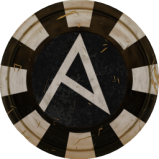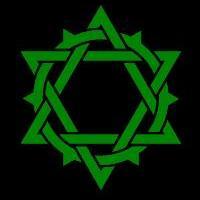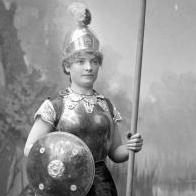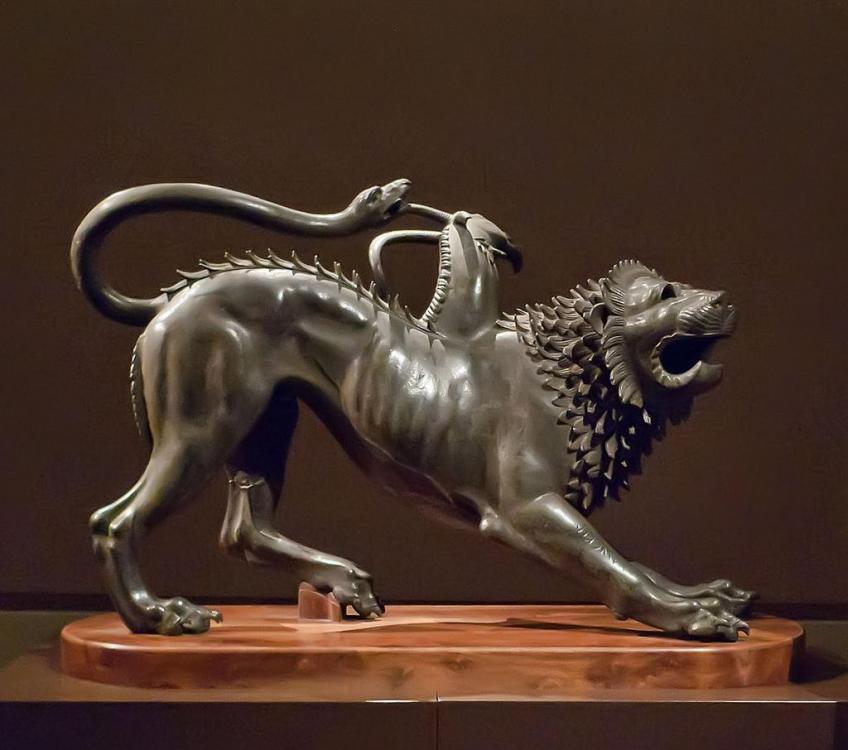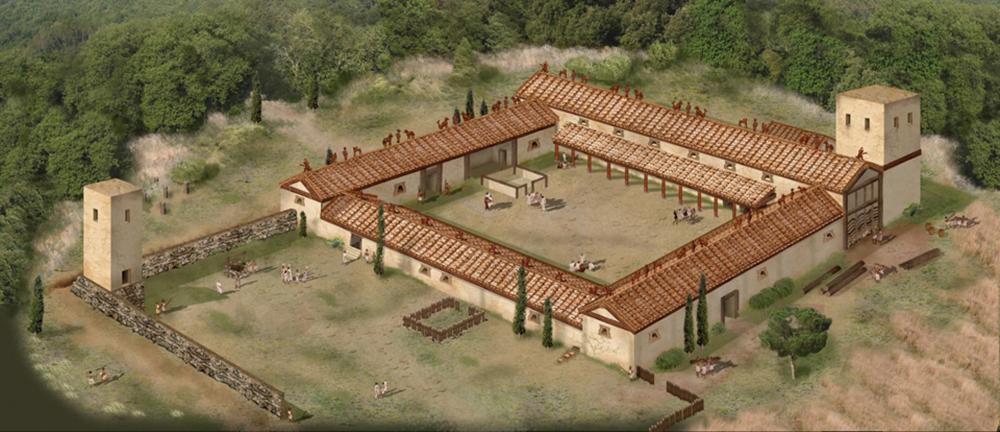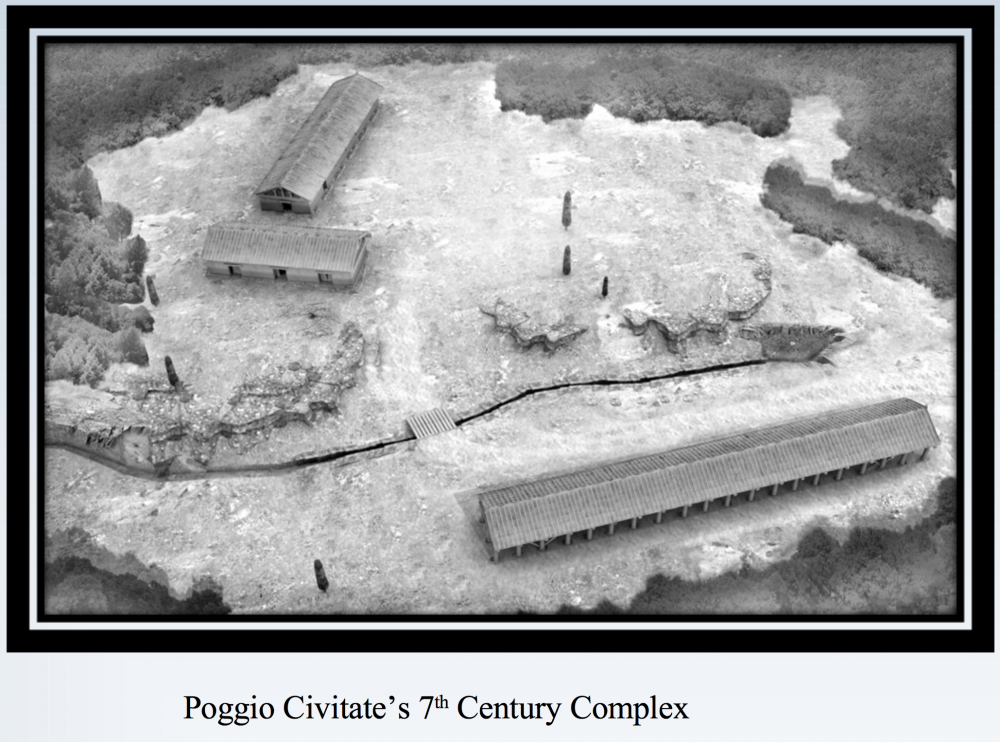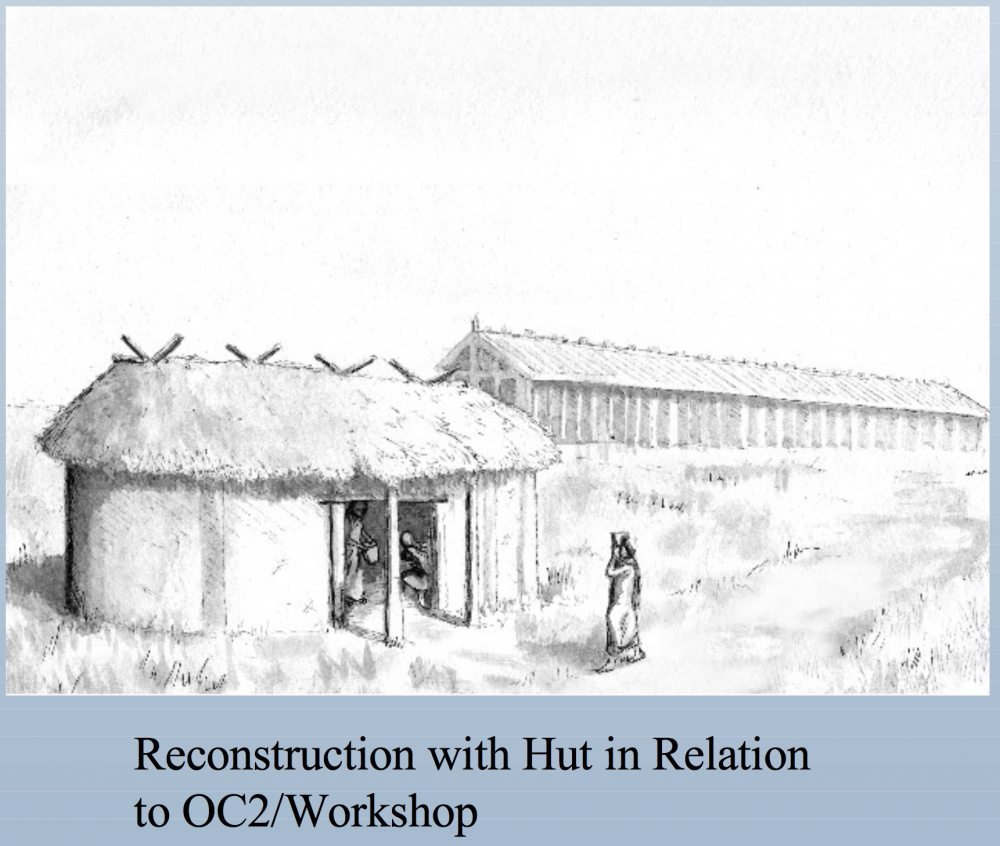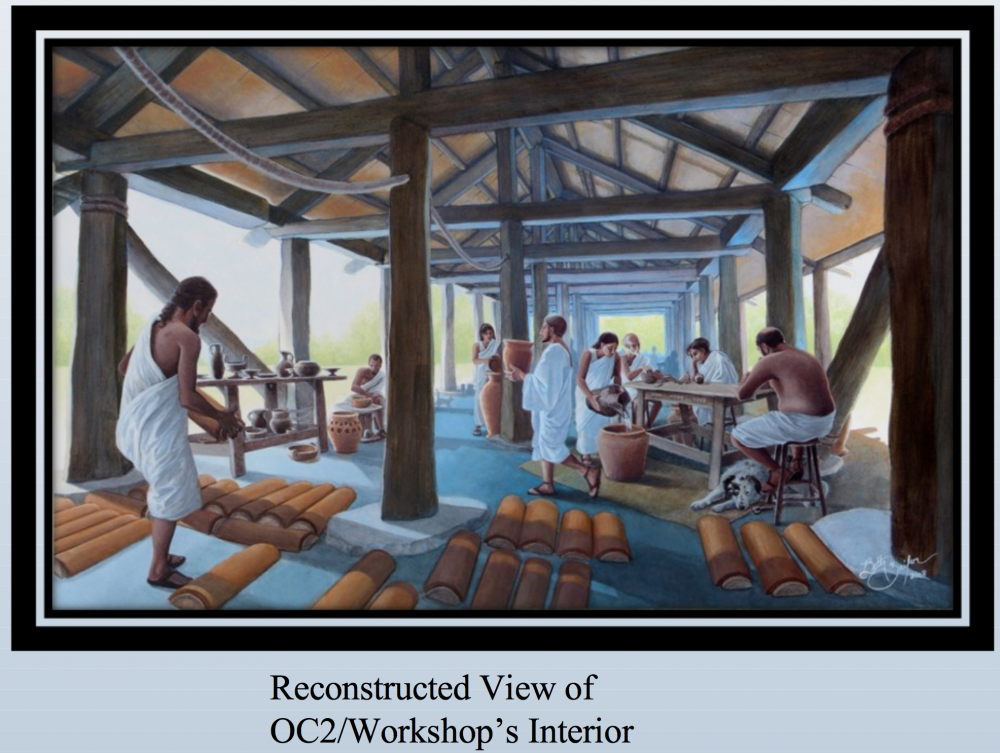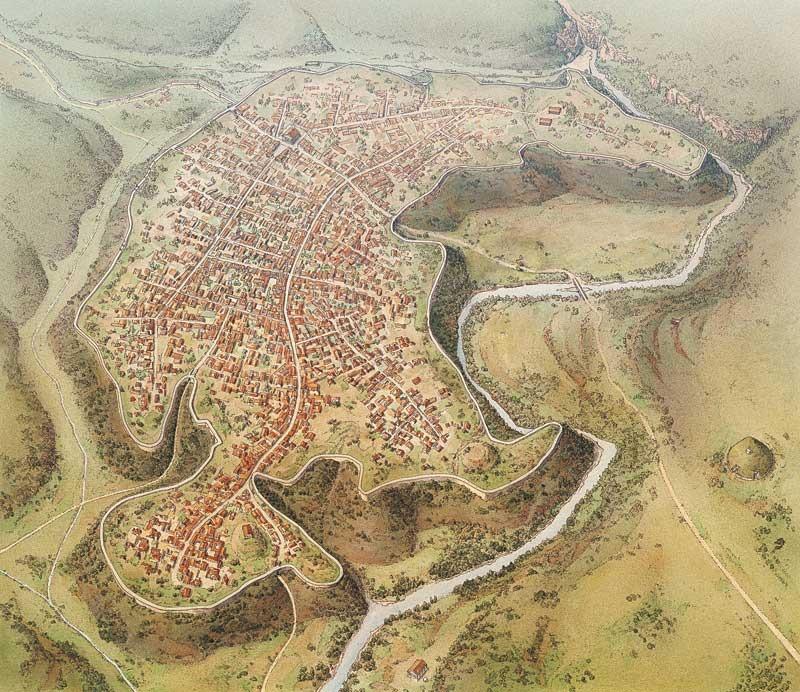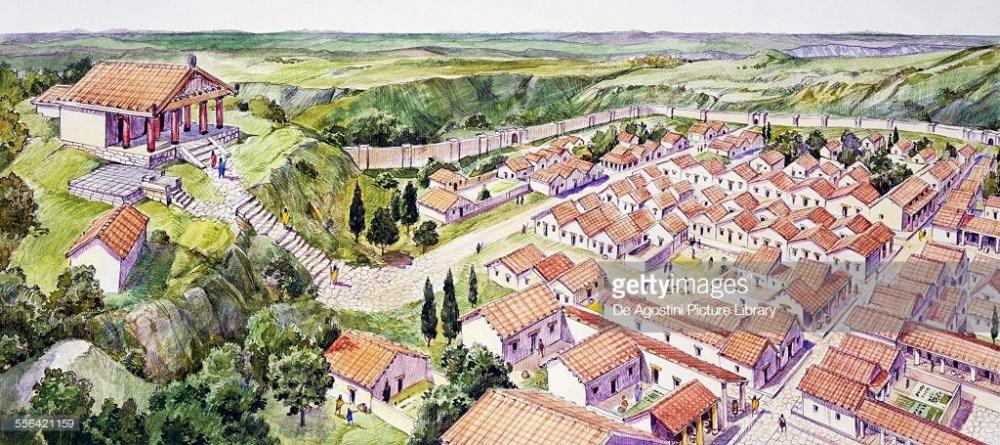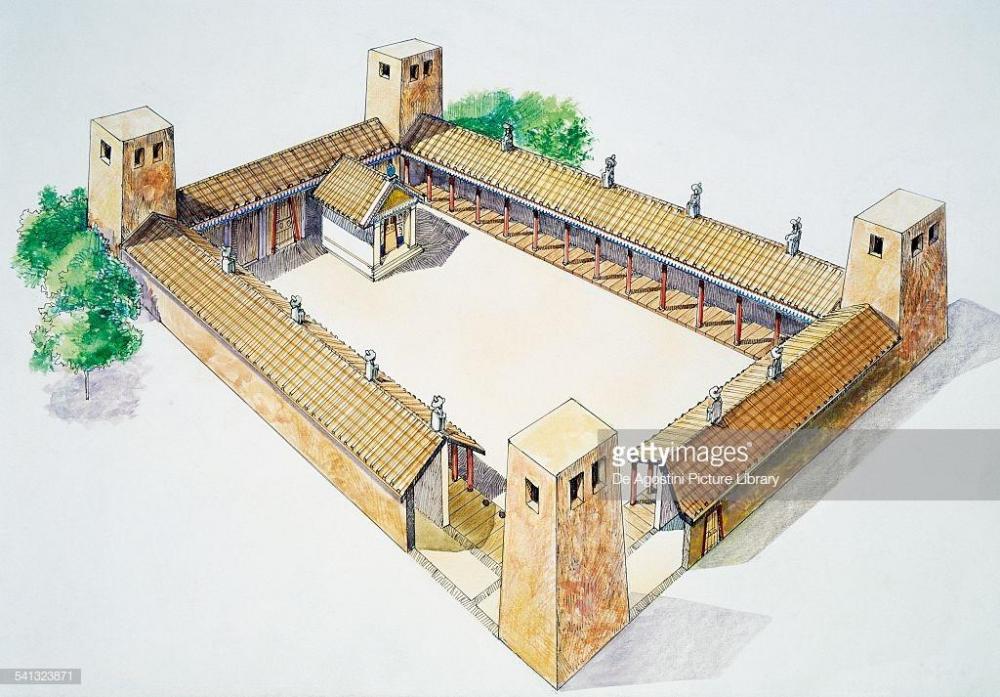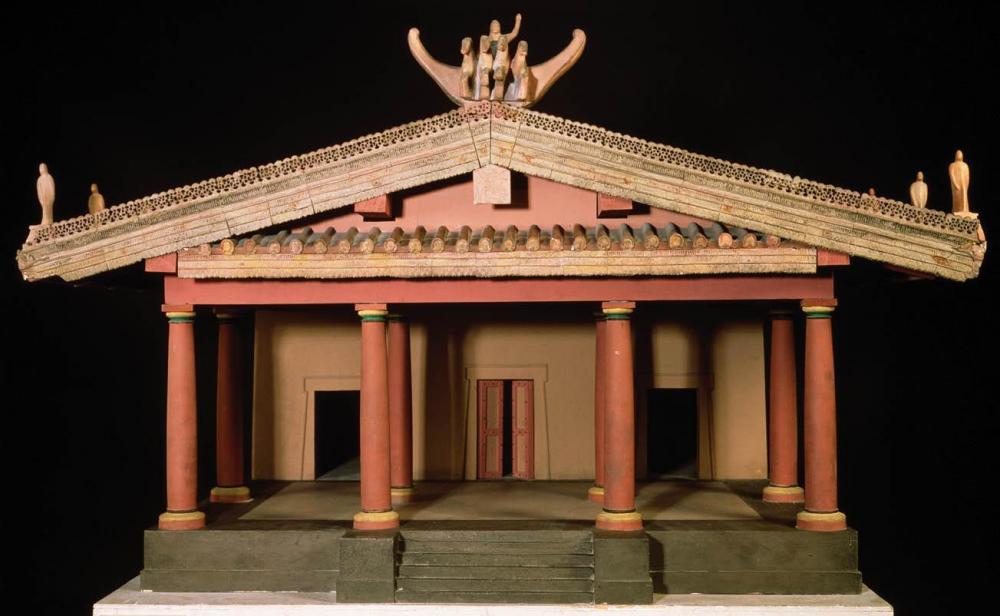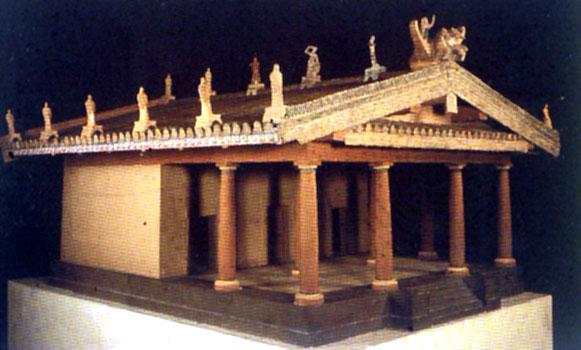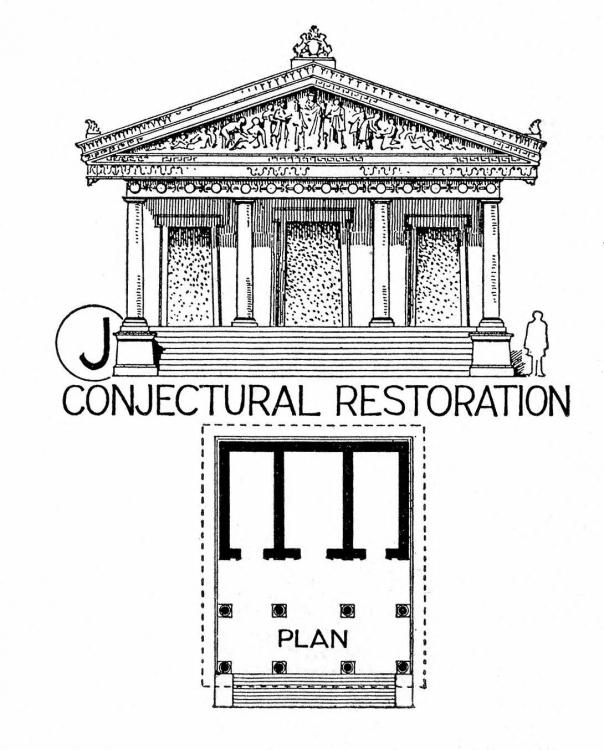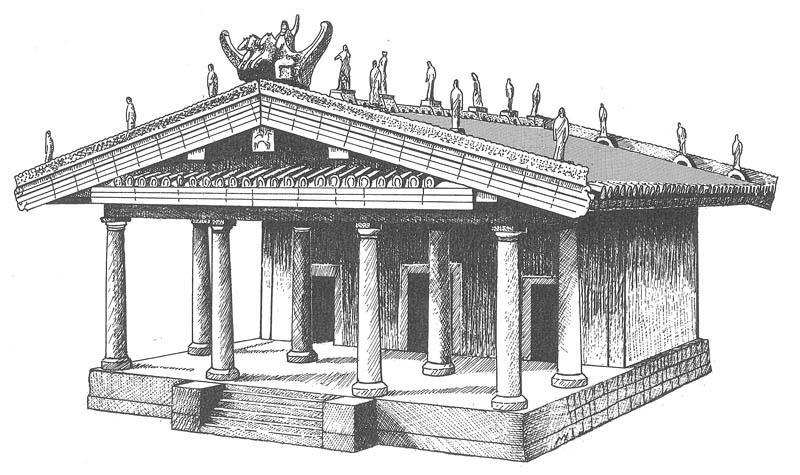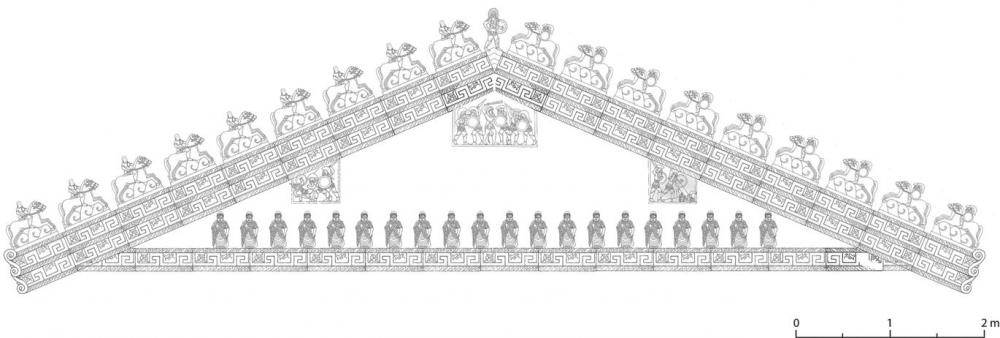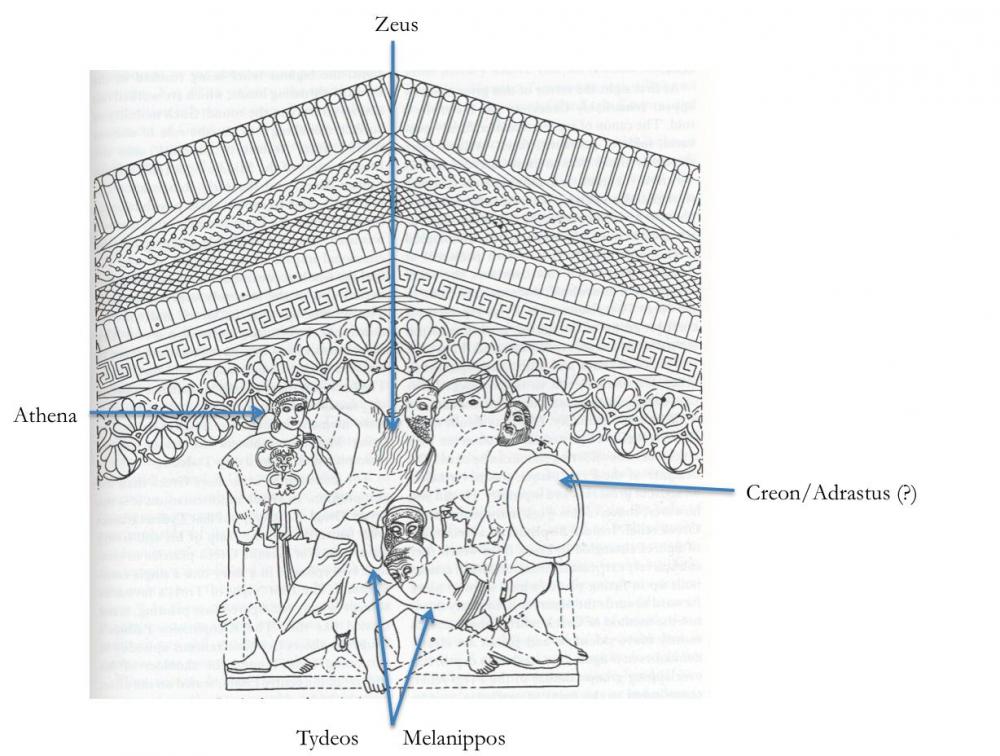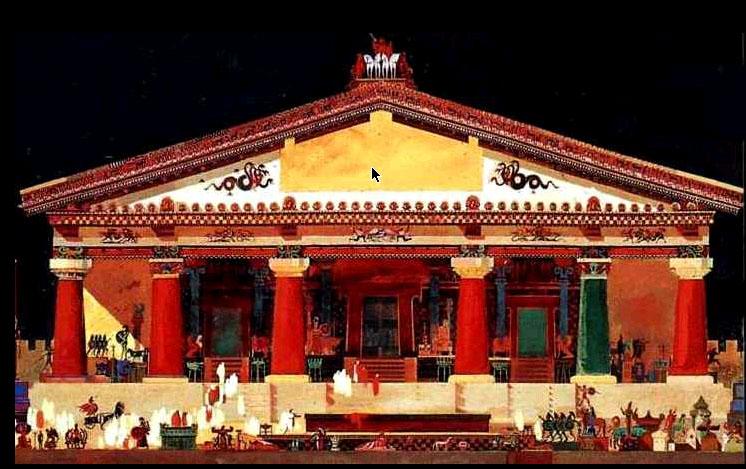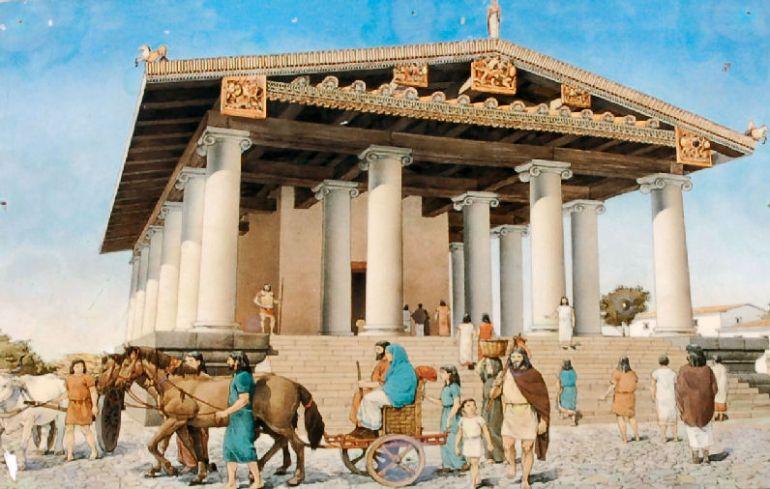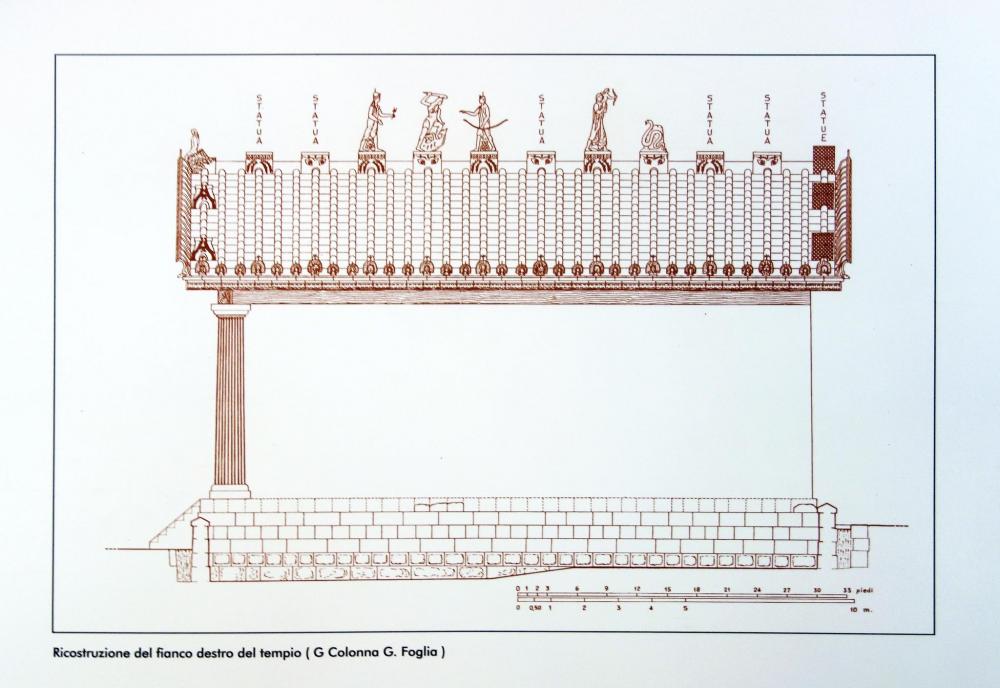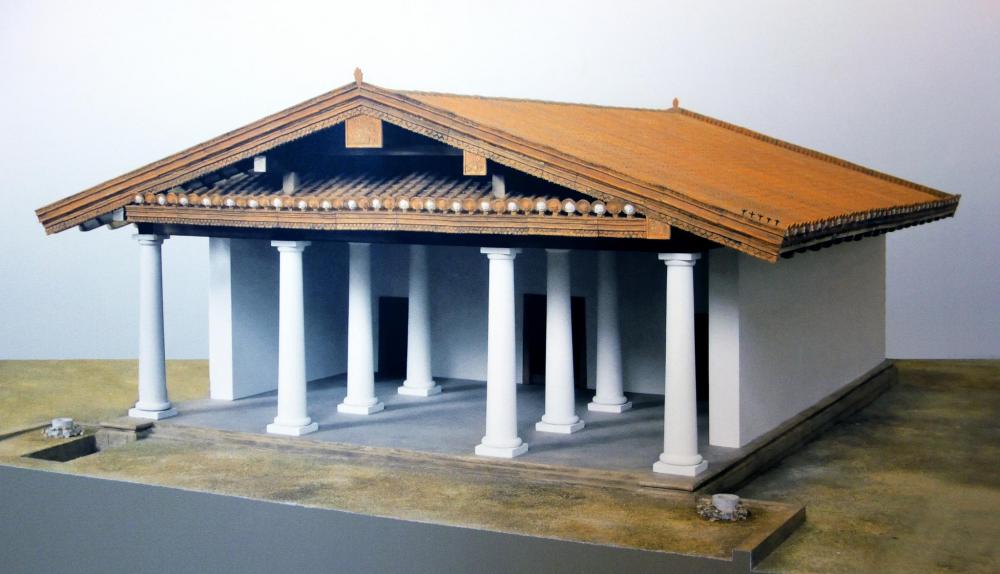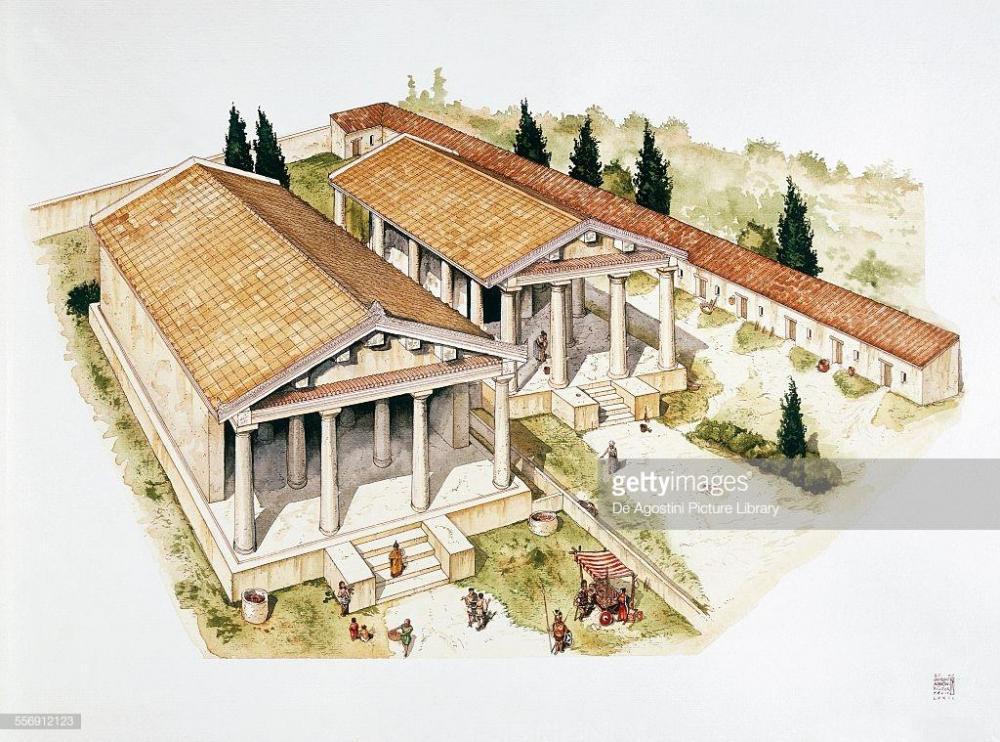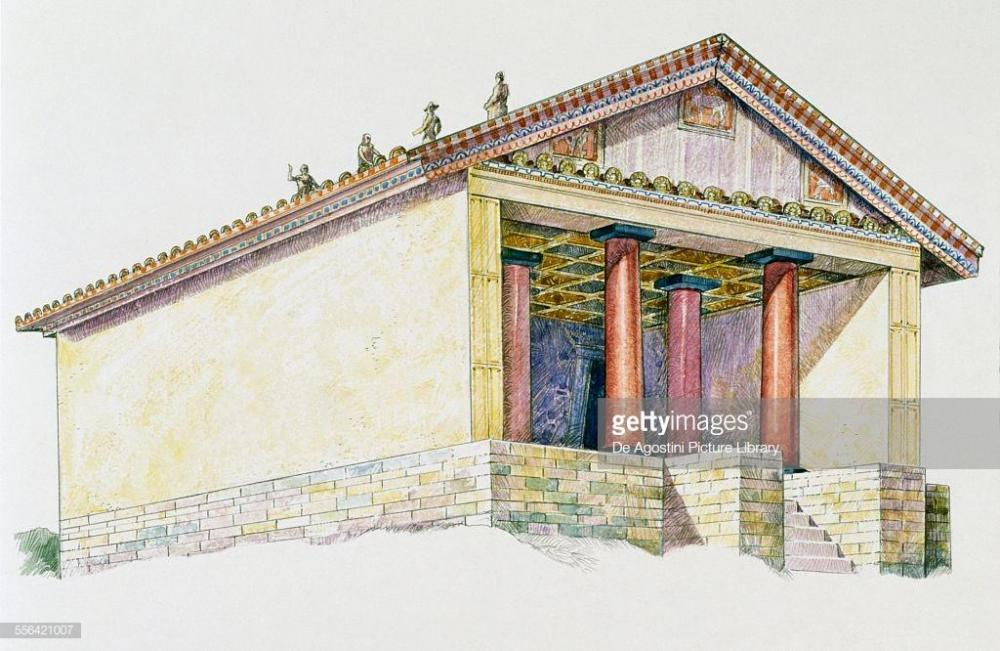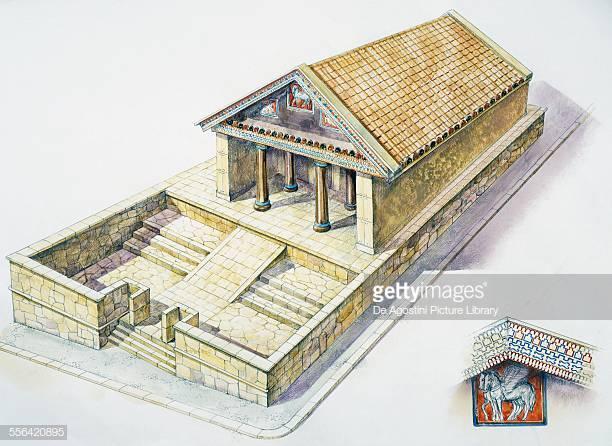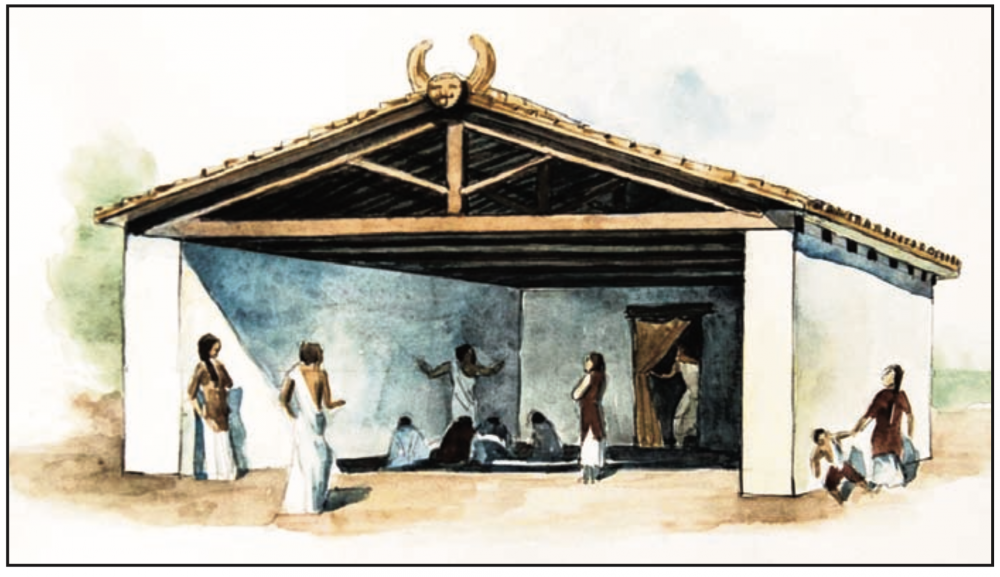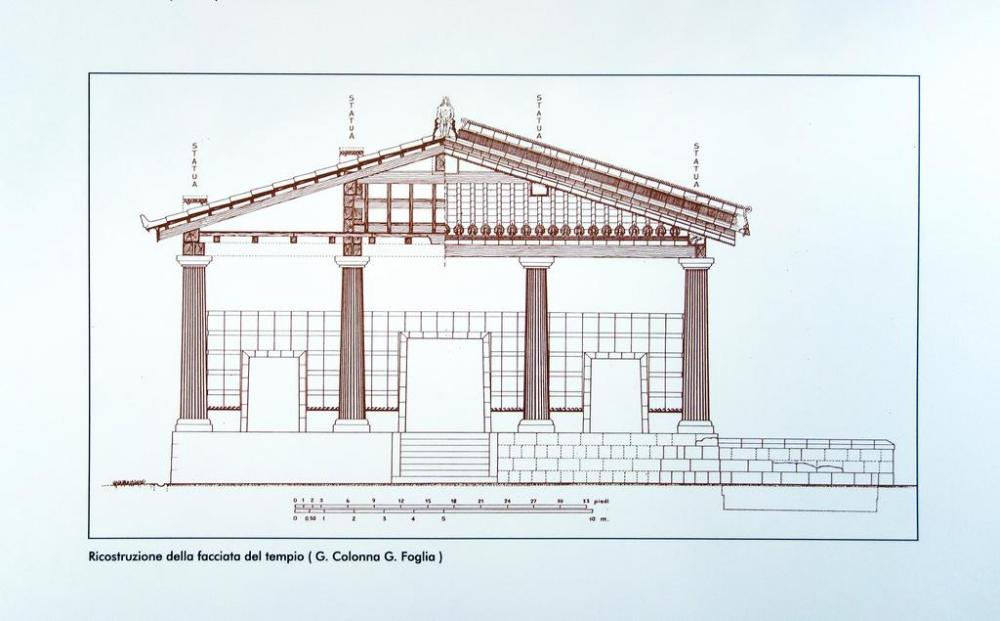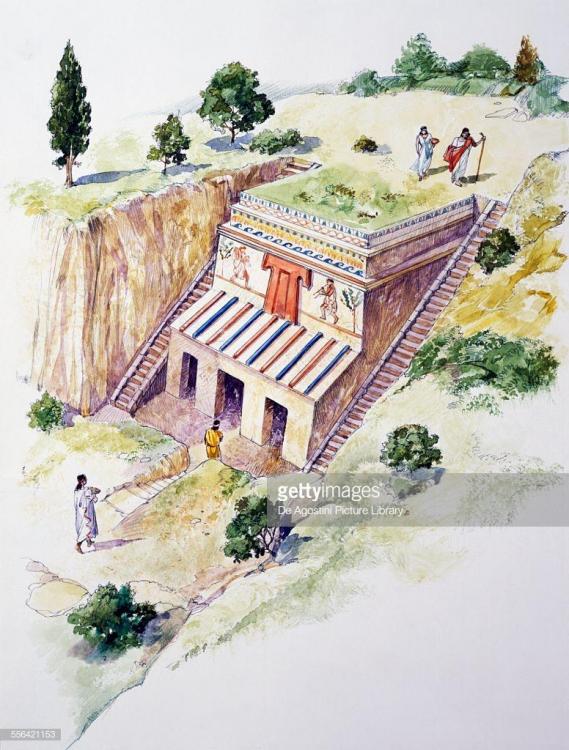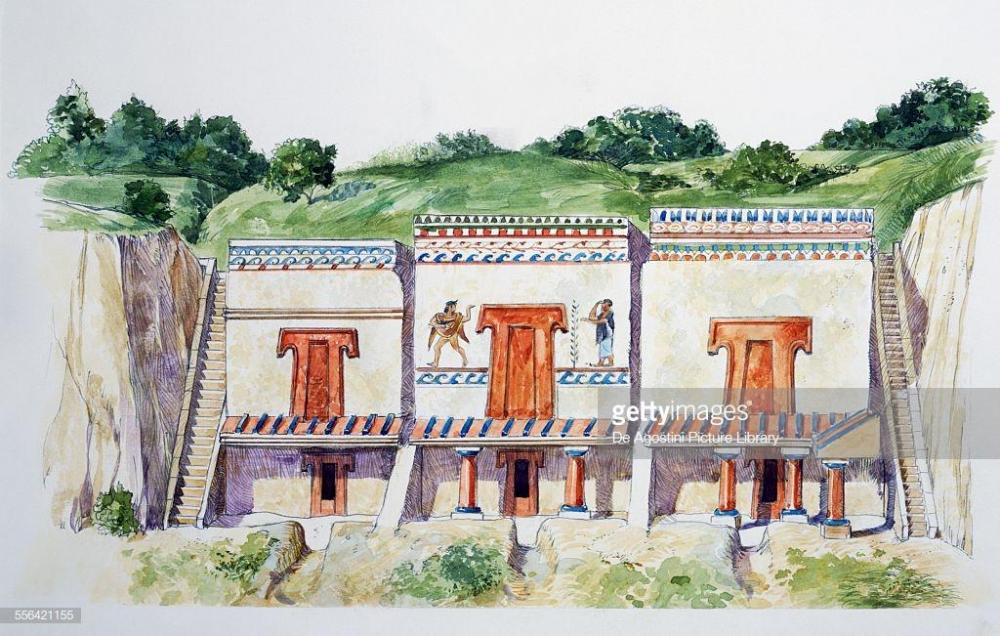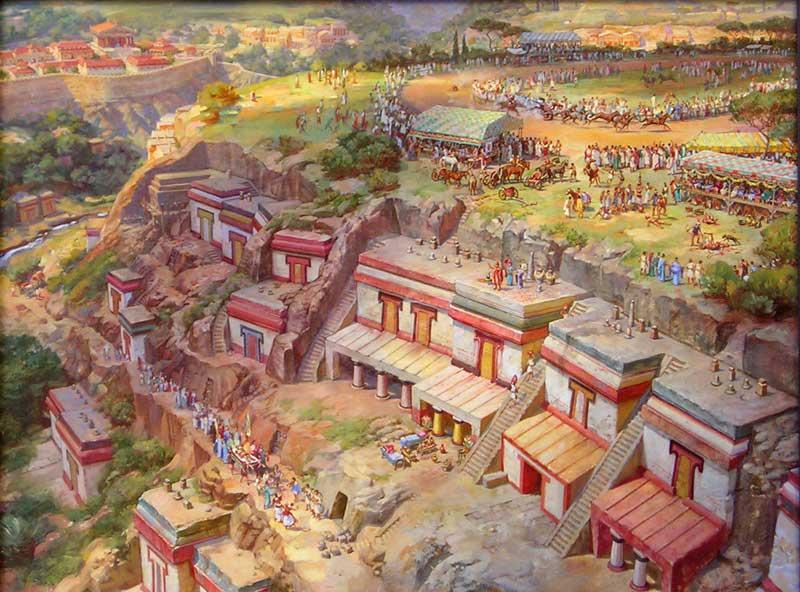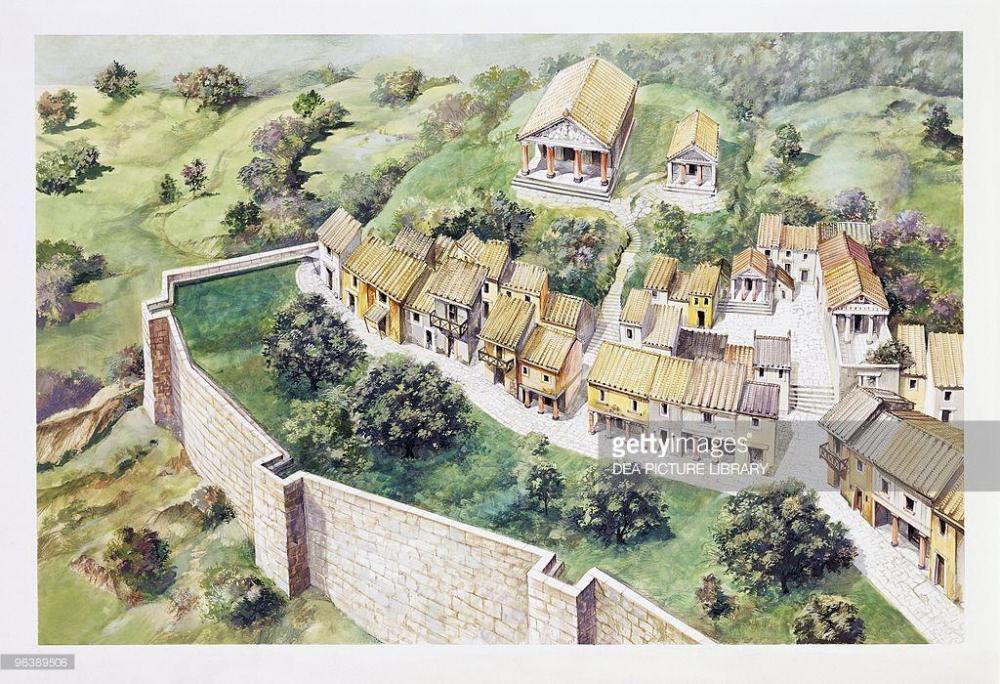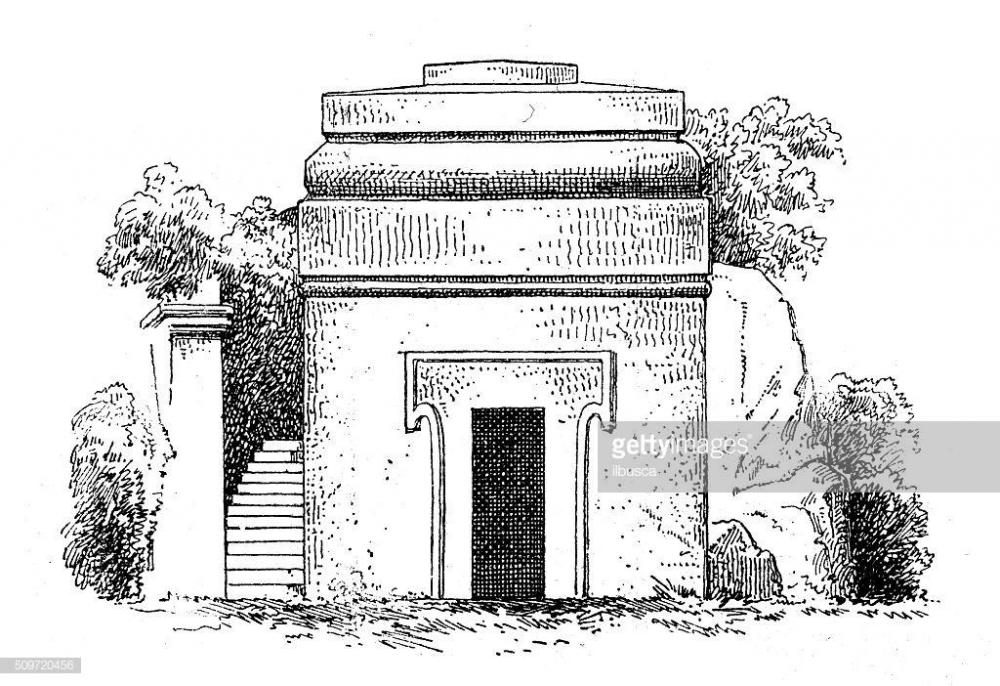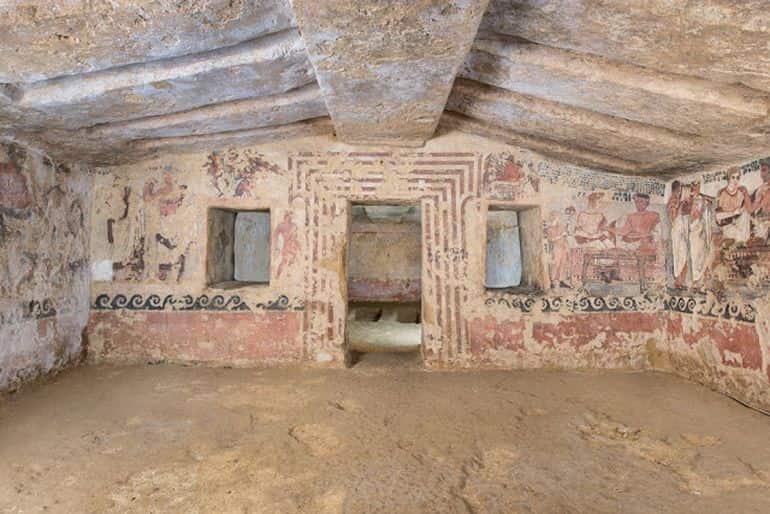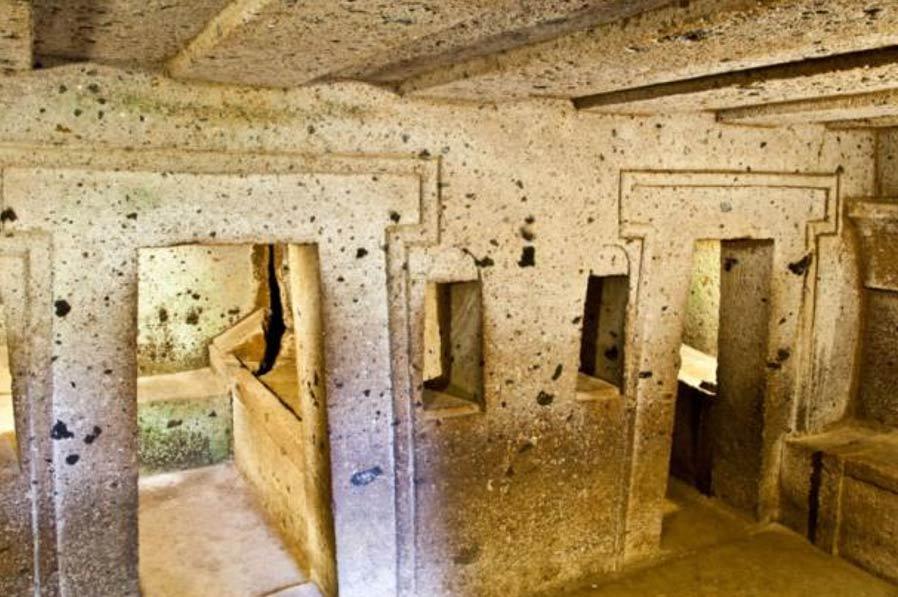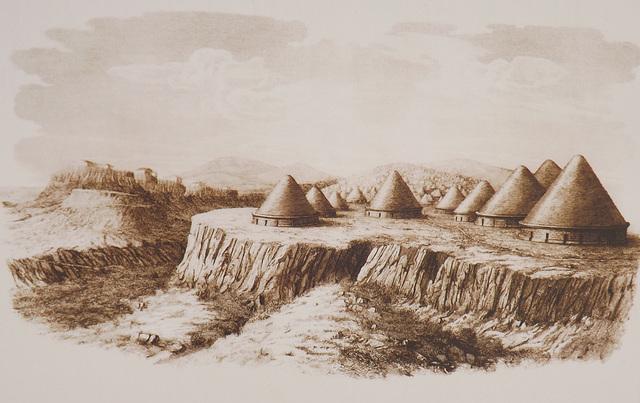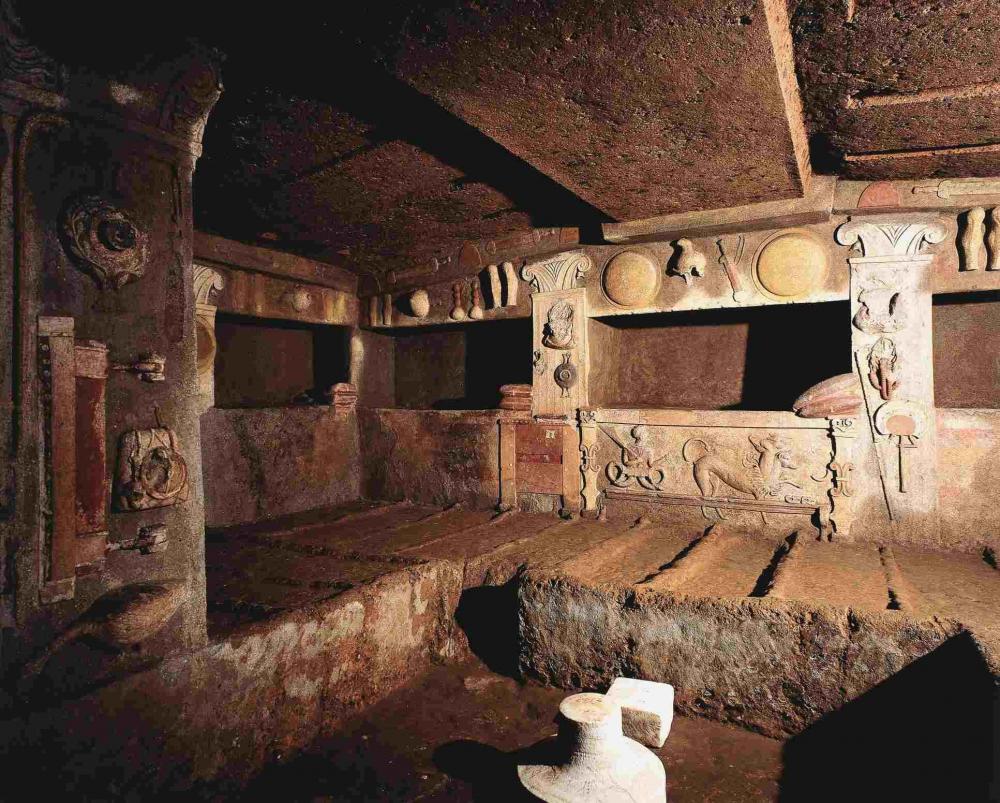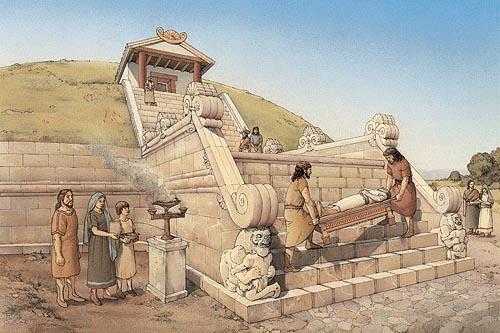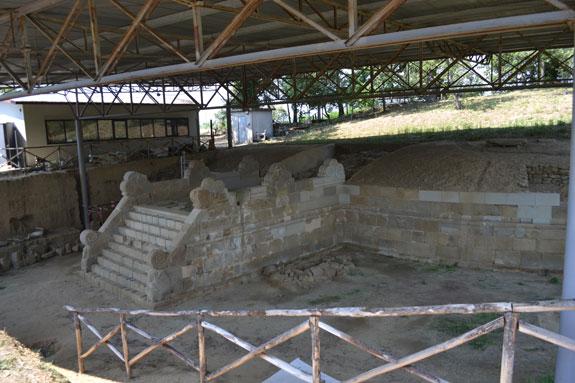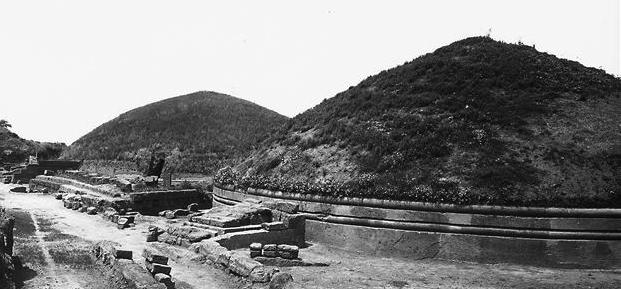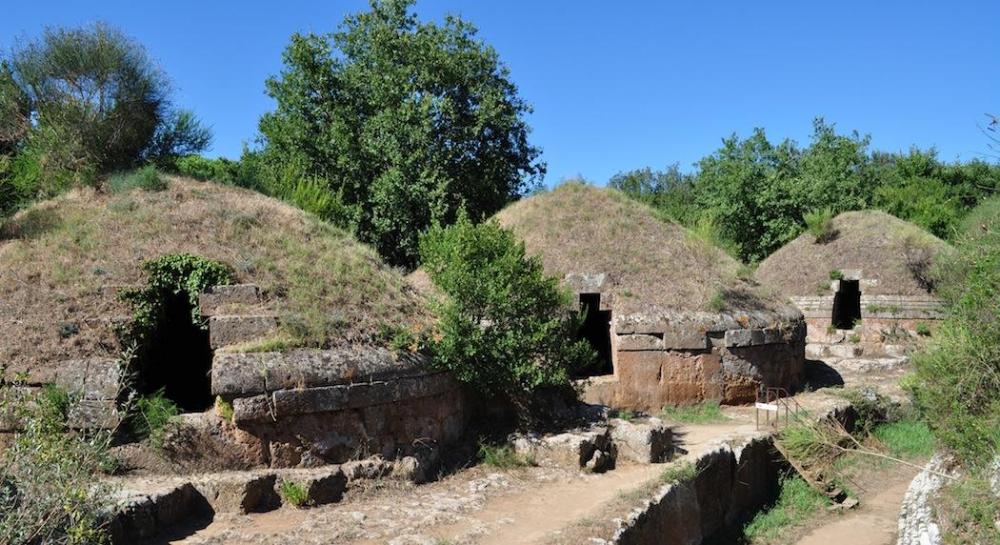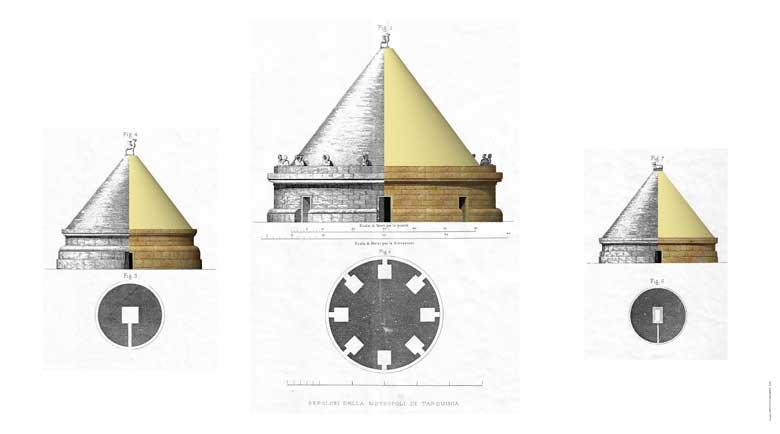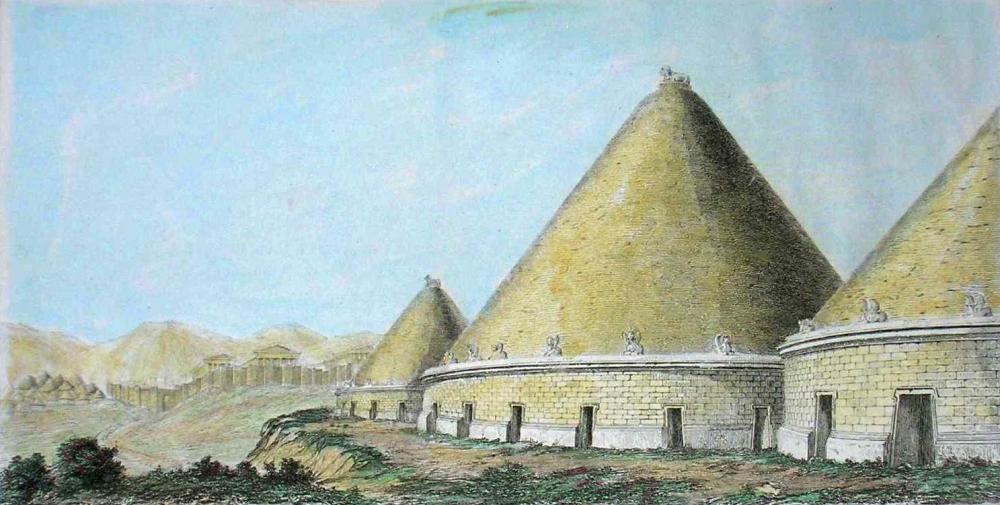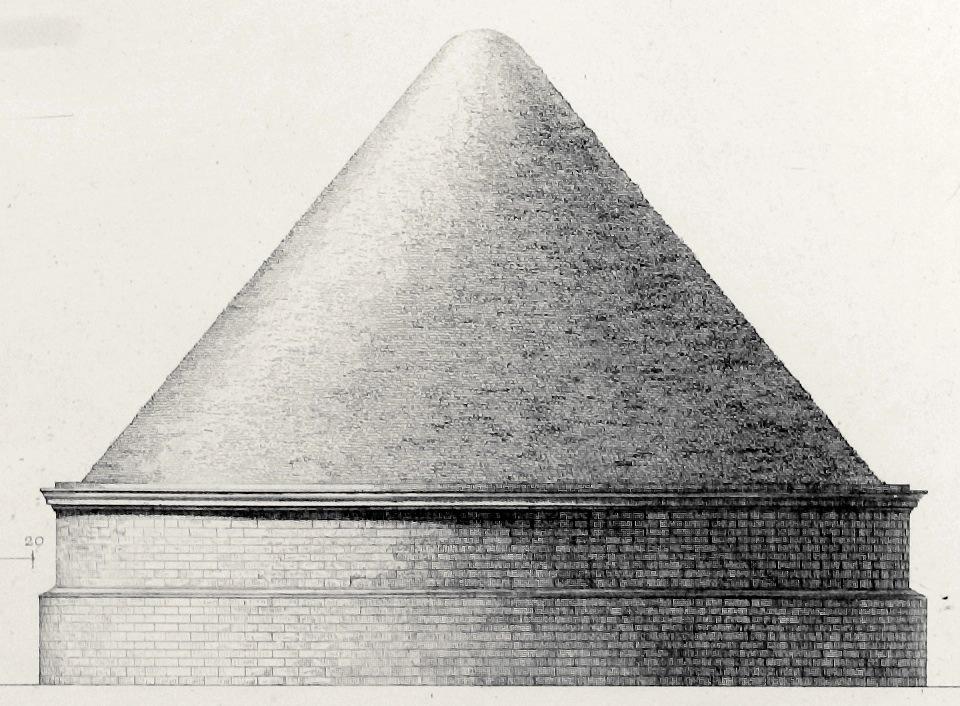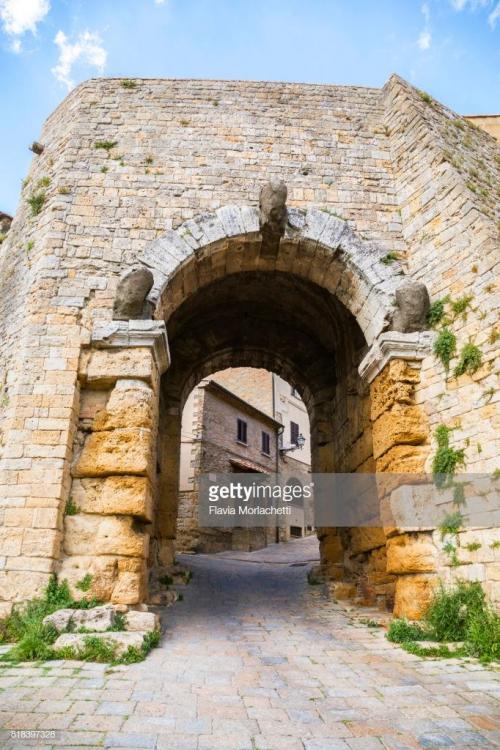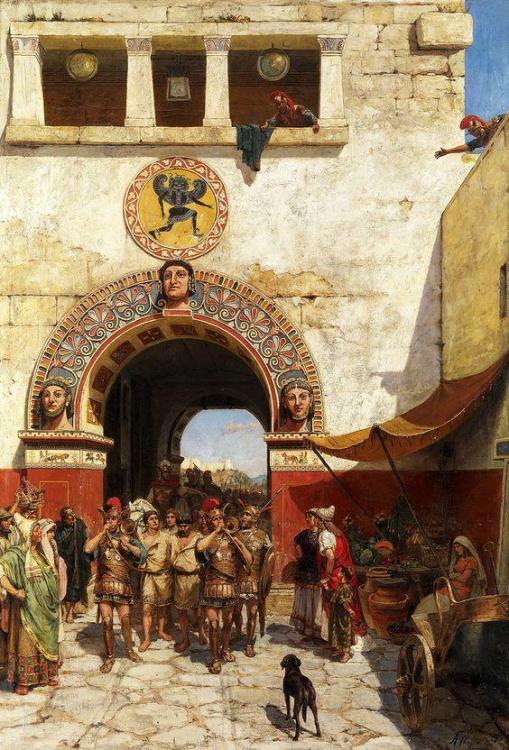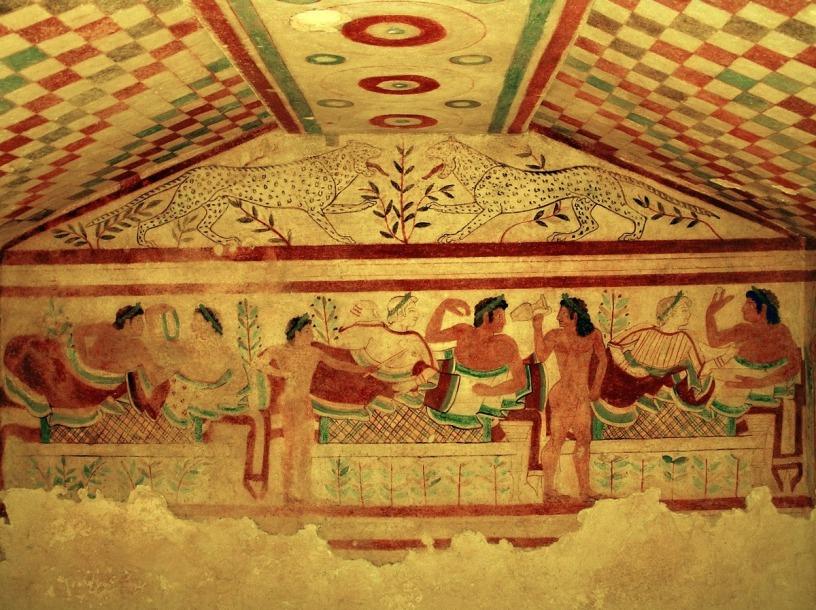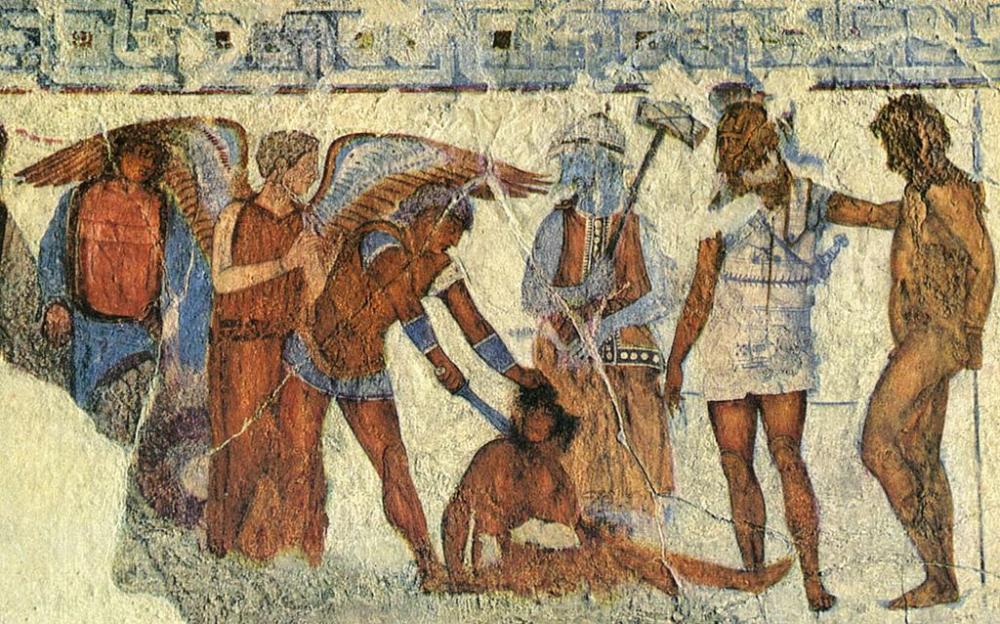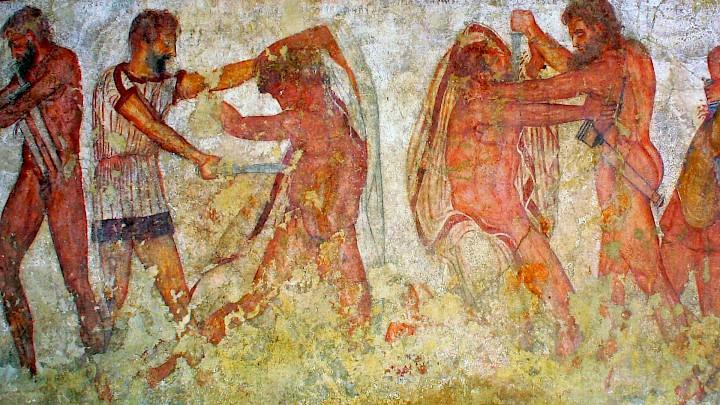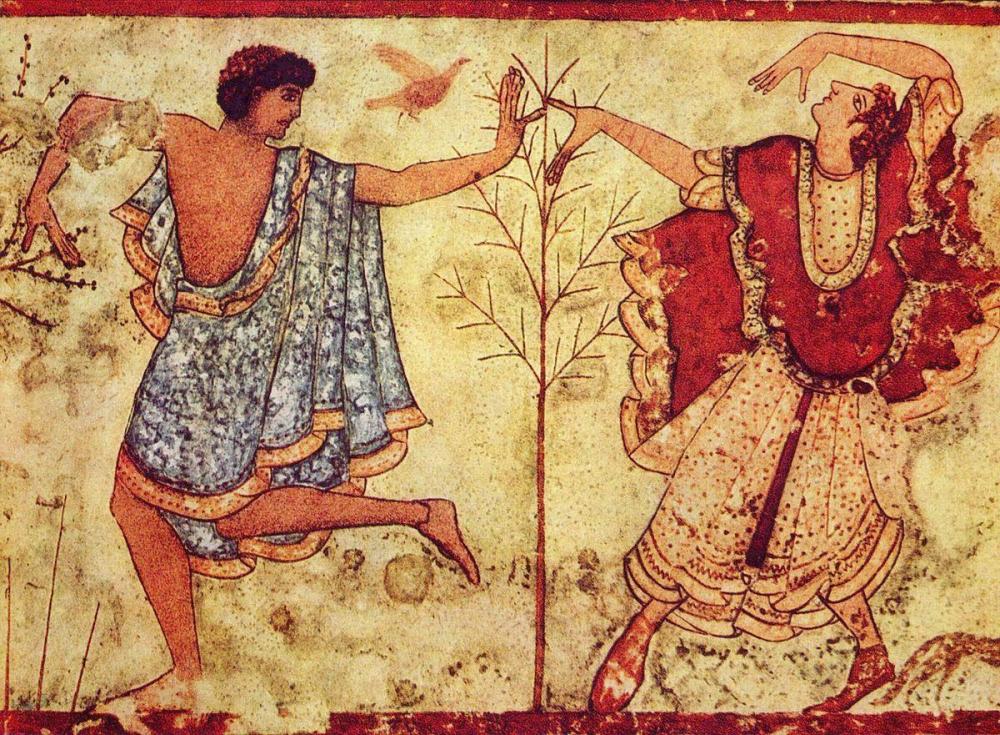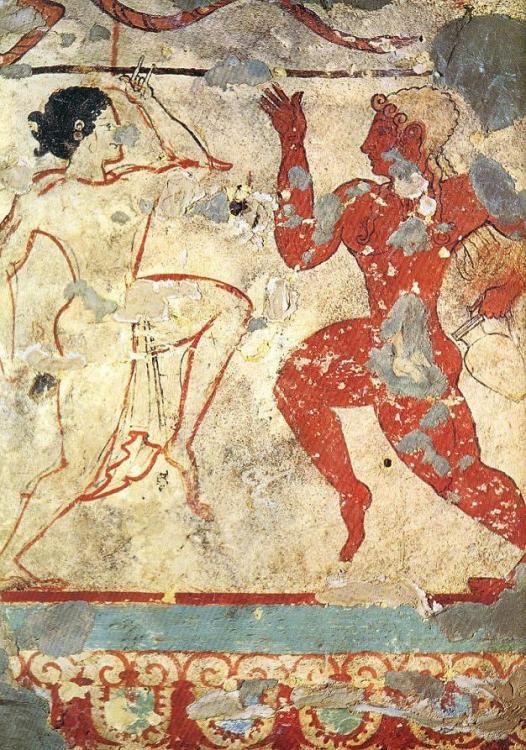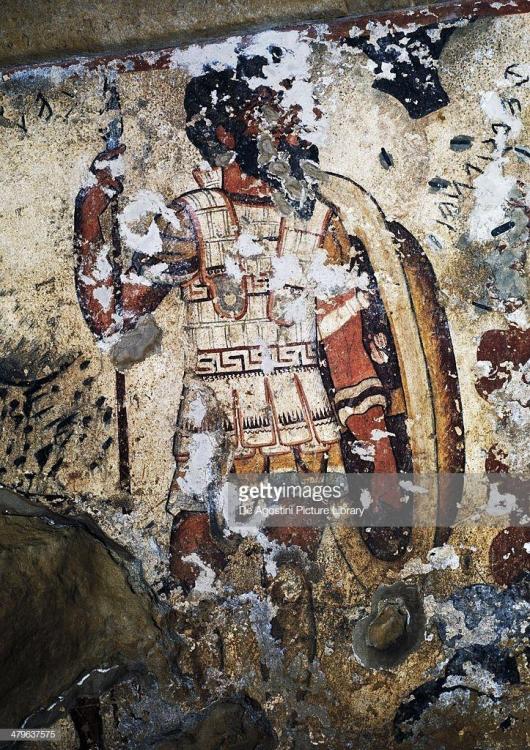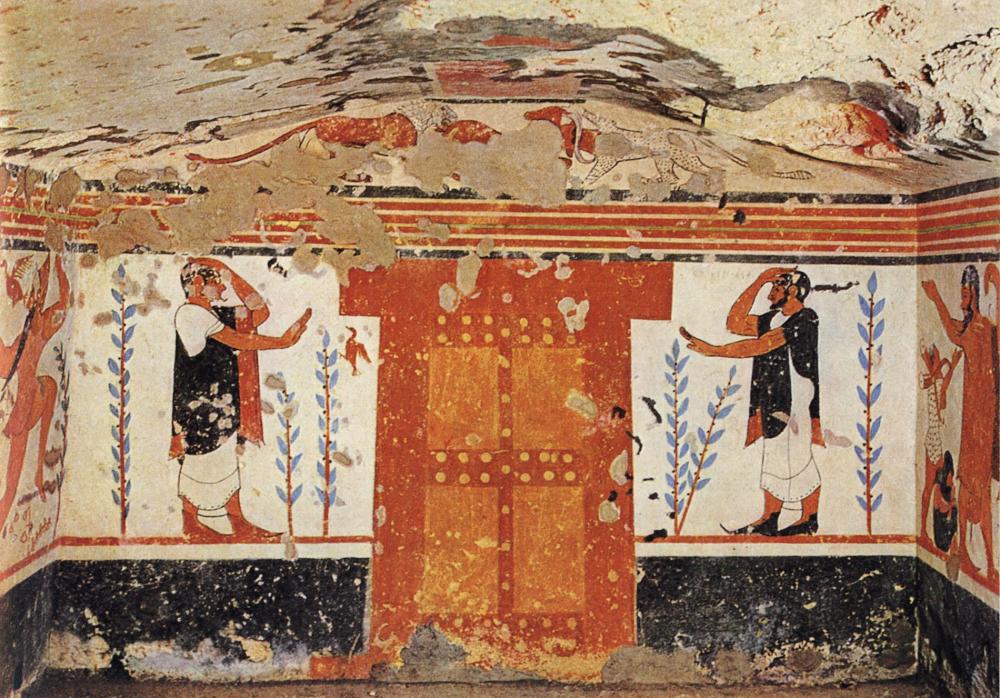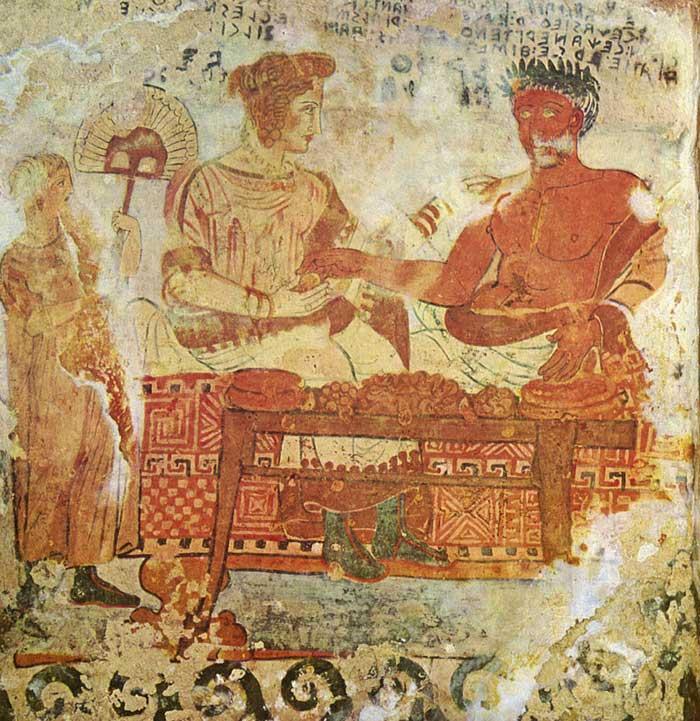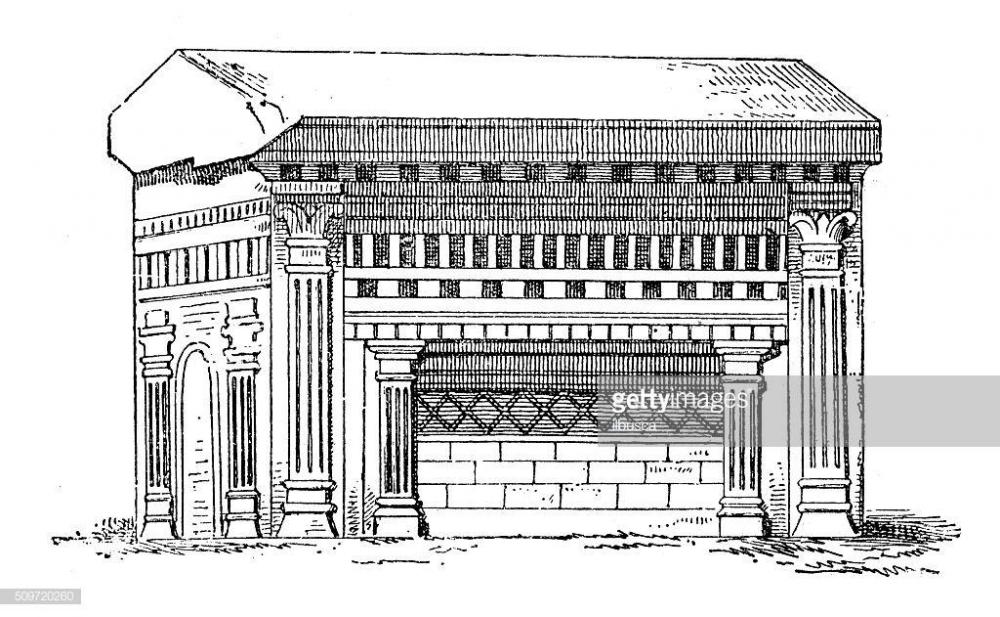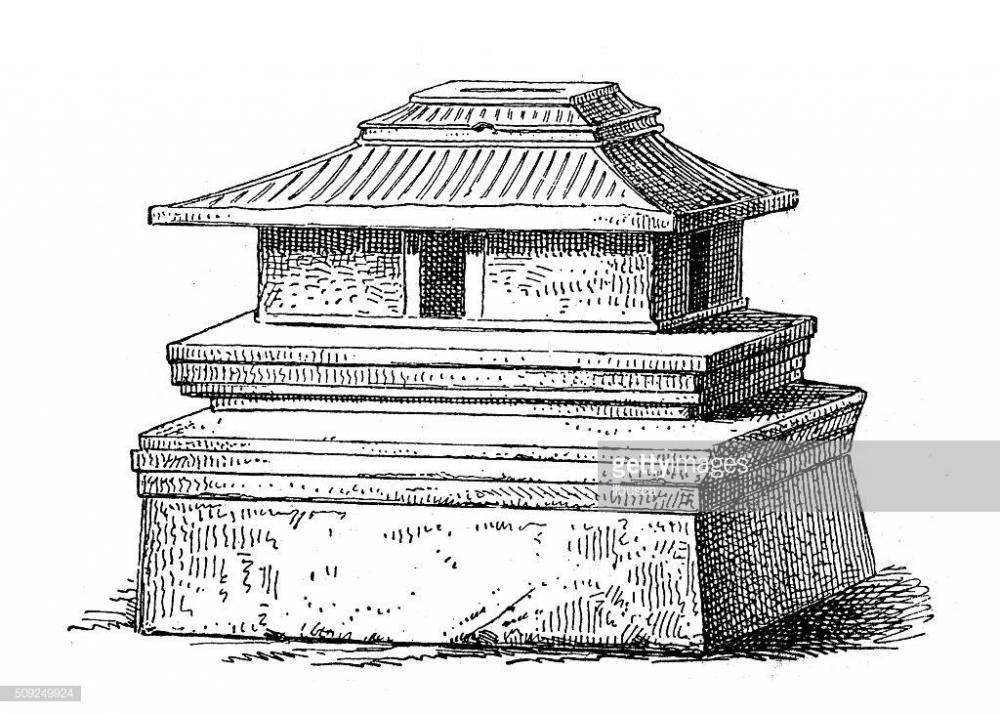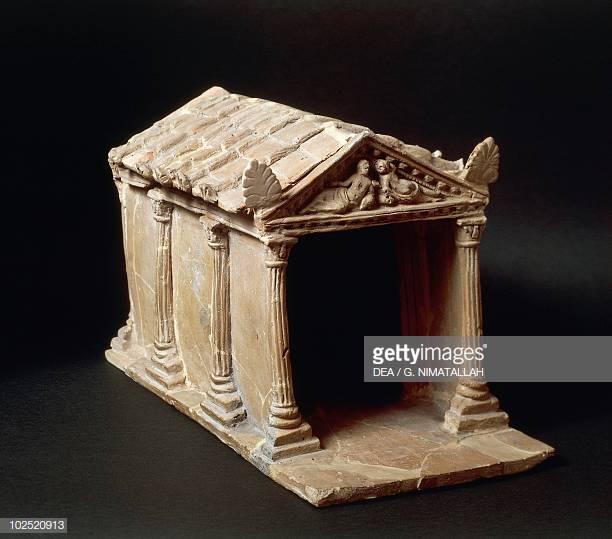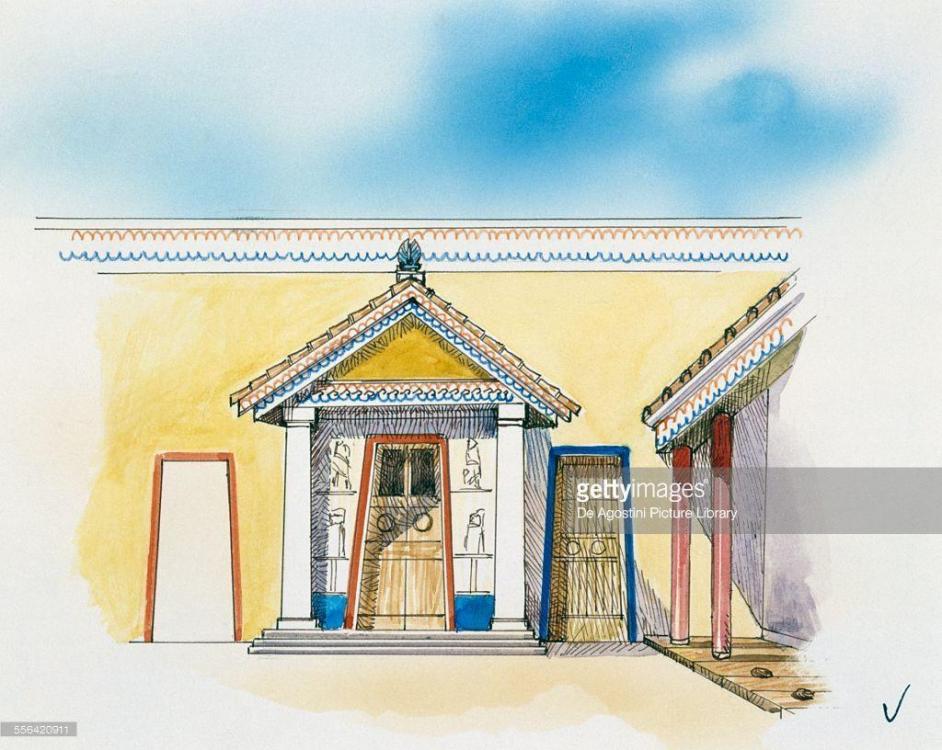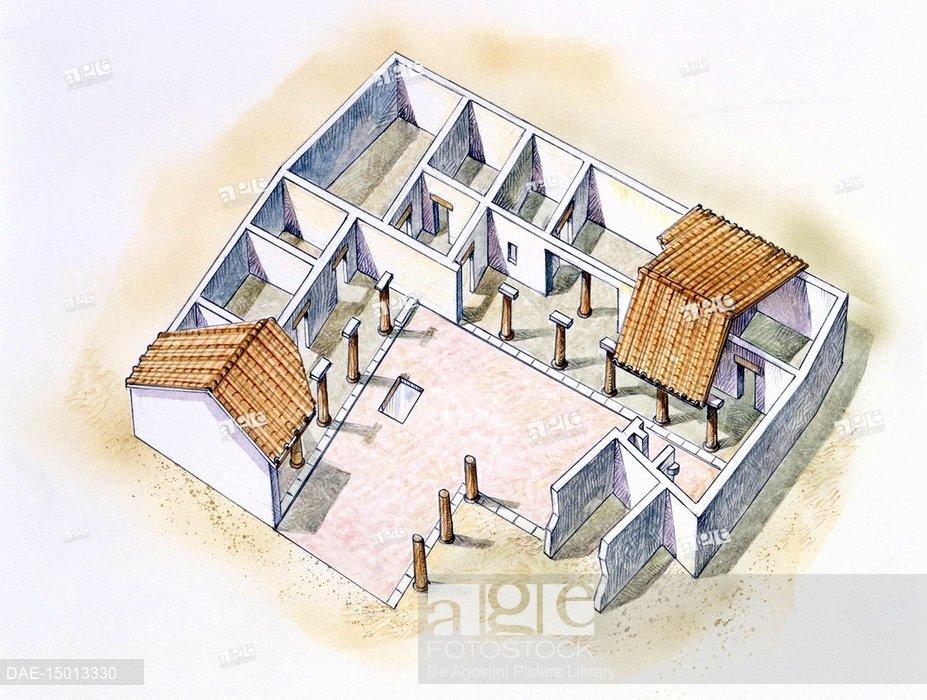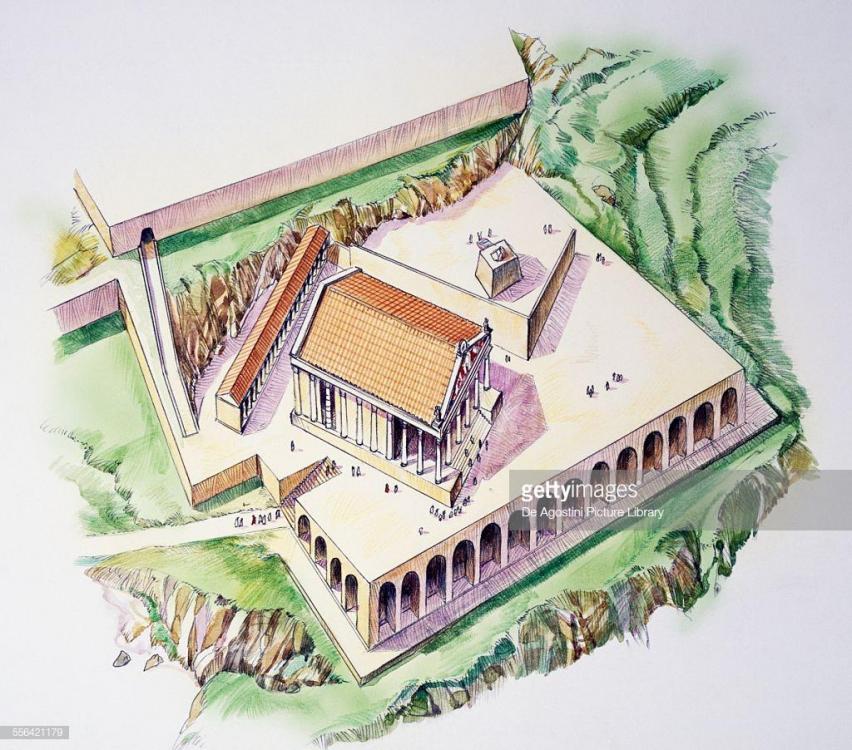Leaderboard
Popular Content
Showing content with the highest reputation on 2020-09-01 in all areas
-
I feel like the game would be really enjoyable if you had objective or history based missions to play. Like say play as the spartans and defend against the Persians. or as the gualts against the romans, etc.2 points
-
Just letting you know that I have released the next version of nsisbi, and the changelog documents what changed. Enjoy .2 points
-
A text frequently mentioned in connection with ancient India in general, and the Mauryas specifically, is Kauṭilya's Arthaśāstra. You can find the Sanskrit at: https://sarit.indology.info/kautalyarthasastra.xml The text was considered lost for centuries, but rediscovered in 1905. The first complete (English) translation, by R. Shamasastry, appeared in 1915 (it's now in the public domain and available at Wikisource); however, this translation is often faulty at best: when the work reappeared, it was poorly understood; many of the words were unknown and did not appear in any Sanskrit dictionaries or commentaries available at the time. A second manuscript appeared later; both derive from a single version from Kerala. There's also fragmentary manuscript from Northern India, and four fragmentary commentaries have been found. Based on these R. P. Kangle published a critical edition in 1960 and a new English translation in 1963. The Arthaśāstra has been widely studied and the scholarly understanding now is much better than it was fifty or hundred years ago. A new, good, and recent translation is: Patrick Olivelle King, Governance, and Law in Ancient India : Kauṭilya's Arthaśāstra : A New Annotated Translation (Oxford 2013) To properly understand the text, one should read the introduction carefully. It's over fifty pages, and contains a wealth of information. As you may know, the Mauryas (c. 323–184 BC) were the first Indian empire to rule most of the subcontinent. After three generations (Chandragupta, Bindusara, Ashoka), it shattered and a Mauryan rump state was ruled by a succession of kings for another fifty years. Centuries later a king Gupta founded the Gupta dynasty (late 3rd C AD – 543); his grandson greatly expanded the state and took the name Chandragupta I, after the founder of the Maurya dynasty; his son Samudragupta and grandson Chandragupta II further expanded it. The Guptas were only the second empire to control most of India; their heartland was in the same region as that of the Mauryas, and they had the same capital (Pataliputra). For this and other reasons, the Guptas strongly identified themselves with Mauryas. The Gupta period was a golden age of India, and many Sanskrit texts were canonized under them, including the most important, the Mahabharata and Ramayana epics. Traditionally Kauṭilya was equated with Cāṇakya and the name Viṣṇugupta as the author of the Arthaśāstra. This is no longer accepted in modern scholarship. Kauṭilya is the author of the work; his name is mentioned in the text itself, as well as in Manu and other texts; the other two are not named, they're added in the later tradition. Cāṇakya is the well-known teacher, advisor, and chancellor of Chandragupta Maurya; he's likely a historic person whose name and fame became legendary (not unlike Buddha, Socrates, and Jesus). Kauṭilya was most likely identified with Cāṇakya, for political and symbolic reasons, under Gupta emperor Chandragupta I. Viṣṇugupta is a highly symbolic name: Viṣṇu is the most important god and Gupta the name of the dynasty. It was probably added as a third name (three is very symbolic number) later under the Guptas, possibly under Chandragupta II. Kauṭilya's Arthaśāstra has been dated as early as the Mauryas and as late as the Guptas. Modern scholarship has shown neither can be the case, both on linguistic grounds and content and culture. Kauṭilya compiled his work from several older works; we know this both because it lists several names, and because the work covers heterogenous topics and uses very different words in the first part(s) of the work than in the rest. It was probably titled Daṇḍanīti (the title Arthaśāstra was attached to it centuries later). An important scholar named Manu, from the Manusmṛiti (“Manu's Laws”, probably from the 2nd C AD), extensively used Kauṭilya's work. From it it's evident the version used was quite different from the one known in the present, therefore it must have been overhauled (at least once) afterwards, the so-called Śāstric Redaction. This restructured the text, divided it into chapters, added chapter-ending verses, enumerations, and a table of contents, and inserted new chapters, dialogues, and a heavy emphasis on number symbolism. Kauṭilya's sources were probably written between c. 50 BC and c. AD 50. Not later, since only silver and copper coins are mentioned; gold coins were introduced c. AD 100 but not mentioned in the text. And not much earlier either: The text explicitly forbids the use of wood in fortifications, whereas it's known from archaeological finds (and Greek texts) that the Mauryas had wooden city walls; stone fortifications and bricks were used in India only after the Mauryas. Moreover, the Mauryas ruled a vast empire and had a huge army; the world in the Arthaśāstra consists of many small kingdoms, confederacies, and tribal states (as was the case after the Mauryas). Furthermore, corral is mentioned multiple times (in books 2, 5, 7); it came from the Mediterranean; one of the types is called ālakandakam, from Alexandria in Egypt, another vaivarṇikam, possible named after the Greeks (Ionians); while India is known to have traded with the Persian Gulf already in the second millennium, direct sea trade between Egypt and India took off only after c. 100 BC. Kauṭilya's version was probably compiled somewhere between AD 50 and 125; the absence of gold coins favours the earlier date, and it can't have been much later, since the text was already well known by the time of Manu. The Śāstric Redaction probably happened between AD 175 and 300. Not earlier, because this version was not known to Manu, and not later, because this was the version known to and heavily influential at the Gupta court of Chandragupta I and his successors (AD 319 onwards). Basically Kauṭilya's Arthaśāstra is not reflective of India under the Mauryas. Nevertheless, it's a fascinating and important text, worth reading.2 points
-
I open this thread to offer a starting point for those that want to deepen specific topics and to centralize the different useful sources found by the members of our community. Anybody can propose a reference to add to the list. I will update the list when I can. To ease the reading, I put the title first, then the author name and the year. The goal here is NOT to reference EVERYTHING. There are too many books on the same topics. The best option should be to propose some key readings on specific topics, the best references available. Some books in foreign languages are welcomed. We should avoid to post direct links to Library Genesis or Sci-Hub here, but checking if the book is available there will be an appreciated effort. Proposing very rare and overpriced books is not useful, except if it is still possible to find it in an electronic format. I start with Rome and I will continue later. Recommended Classical Literature Rome Celts Mauryas / Ancient India Hellenistic / Diadochi / Alexander and his successors Others will follow up...1 point
-
1 point
-
Hello, Today I ( ign: facts) played a game against alpha99. He rushed me at ~14 minutes but lost all his troops in the rush. He lost all of his spearmen and then he said he had to go and then he left (he being the host here) . In the summary it can be seen that he was down to 3 citizens after the failed rush ( 14 minutes into the game) and this caused him to leave the game without resigning. I'd be delighted if you could look into the matter and perhaps get me the points if possible. @user1 commands.txt1 point
-
1 point
-
1 point
-
1 point
-
1 point
-
Hi, thanks, good work! interesting research, looks cool, masterful and informative. I have always appreciated such things, because it is a pleasure to read and study. On my own I recommend https://papersowl.com/examples/animal-farm/ also practical and useful Animal Farm Essays and reviews for general development, or just read and download. Also, the resource is full of interesting and informative topics and materials in every possible way, good luck to everyone in your study!1 point
-
Just friendly warning about new blender: I could not export dae correctly. If you happen to figure it out, please ping me.1 point
-
I'll download it in two weeks when I return to my home Thanks!1 point
-
While I do not under seigecraft, I understand some of the words in a different context. Maybe it will help in throwing light to the actual design and use of the weapon. Words in sanskrit do not have a fixed meaning, they are attributes, So a single object can have multiple names for each of its attribute, and a single name can be used for multiple objects, Some context is necessary to understand which object is being spoken about. sthirayantrám Is stationary Machine,It need not be immovable, it might only need to be stationary during operation, Sarvatobhadra: Sarvato=Everywhere, Bhadra has multiple meaning, it could be bull elephant, Iron, fir tree, auspicious. I think it means covered by iron on all side. jamadagnya: Son Of Jamadagni(All consuming fire), i.e. Parshuram (Parshu=Axe) bahumukha: Many-Face visvásagháti: Betrayer, Vishwas=Confidence, Ghataka=Deadly(Attack) yánaka: Vehicle parjanyaka: Leader of the citizens Ardha: Half. Urdhava: Erect/Vertical The second set of weapons are those that are carried by soldiers, Pánchálika: Another name for draupadi (ref: Mahabharatha). Daughter of Panchal( Panchal is The name of an ancient king and also the name of his kingdom.) Also mean's 5. Also a class of poisonous insects... Since Chanakya spoke of poison(Vishakanya) this could mean, A poisoned weapon. Devadanda: God's Stick musala: Mace (Crusher?) Yashti: Stick/staff/pole hastiváraka: Elephant Restrainer tálavrinta:?? mudgara: Hammer Gadha: Mace spriktala:?? kuddála: Digger( Spade?) Chakra is a throwing disk with serrated edges. Trishula is trident sataghni: 100 Fire, Cannon/Artillery Audhaghatima: ??1 point
-
1 point
-
https://www.moddb.com/mods/hyrule-conquest/downloads/hyrule-conquest-08 https://www.moddb.com/mods/hyrule-conquest/downloads/low-poly-patch-for-08 New hc version released. @wowgetoffyourcellphone @Angen @Stan` @Freagarach , there is battalion support and other features as shown on previous videos and some new additions and suprises.1 point
-
Hey guys, I'm kind of a noob here but been playing LOTR's BTME II for a while and feel like this game is only just shy of being as intuitive and fun as that game. 1 of the obvious points I've noticed after playing for a couple weeks is that I feel like the Heroes are a little bit 1 dimensional. So I made 3 really simple proposals (from the POV of a programmer) that might make these heroes feel more valuable in the game. 1. No Revive hacks, this isn't World of Warcraft. Get rid of the ability to buy the Hero again after they have been killed. This makes killing enemy heroes worth while, and will make players more careful with how they use their heroes. If you manage to lose all 3 heroes, you have no more heroes left to use, this will force more strategic game play and decision making. 2. Give the Heroes 3 Levels of advancement just like regular units. As a default I would consider all of the Heroes current stats as Maximum level 3 stats. Thus Level 1 & 2 would make the Hero slightly weaker with lesser Damage, HP, Armor, etc... (Unlocking passives could also be unlocked by advancing levels, but this might make things too complex for the programmers). By simply introducing levels for heroes using the same structural system that is used for regular units, we could make these heroes a little bit more vulnerable in early game, and thus make players be more strategic in how they deploy these Heroes before reaching max level. 3. Make Heroes more accessible in early game by allowing them to be purchased at the town Phase from a civic center. This will also streamline moving between classes, because currently all of the Heroes are housed in different structures depending on what faction you are playing as. Simplifying this one aspect could make the learning curve a little bit easier for new players, and make playing other factions less intimidating, because players will always know where to get the powerful Hero units, (From the Civic Center after Town Phase). I think this would work fine with the current instance of the game as there is no reference to the Heroes in the Tutorial, so nothing would have to be changed there. Just making these minor "Copy-Paste" type modifications could go along way towards making the game-play a little bit more dynamic, and engaging as far as it concerns the Heroes. All of that said, would be interested in hearing any other thoughts or ideas from players on the forums here about simple ways to improve the heroes, or any critiques of my particular proposal. Honestly, the Historical Heroes could really add a cool dimension to the game if they were given just a little bit more attention. I think it might be worth while to invest a little bit more time into improving their stature within the context of the game. Thanks for taking the time to read this if you did!1 point
-
1) I've checked your stats and they don't really look that bad. You have about 50 % win ratio. In my opinion, as few as two games won could get you above the initial rating. I wouldn't switch for another account, not exactly because it's not allowed, but mostly because you now have a history of games won and lost, so people can check that you aren't a smurf or someone that just installed the game. There aren't so many people playing regularly, so it's even more important whether your name sound familiar or not. 2) Well, the regulars don't keep getting worse over time. :-) 3) You never know for sure. There are even some low-level players with high score. It's easy to achieve when you only play rated games against players you know you can beat easily (and especially if they are overrated). The rating serves as an indicator but it's not absolutely reliable. 4) I agree that communicating the host's intentions is really something we should work on. Often people get unassigned without any explanation. It wouldn't be hard to tell in the host name that the game is intended for higher-level players. On the other hand, I wouldn't say it's bad not to include newbies in all the games. I've seen way too many games getting spoiled by unskilled players that just want the game to start fast and then quit the host a few minutes later without any explanation. I wouldn't come join the training of Real Madrid CF and then be all surprised why they don't let me play with them, like come on, guys, it's just a game, right. I can totally play football too. Even though there are no real pros in this game, with all these leagues it's started getting more serious and more sports-like, so I see some resemblance. 5) The host name alone allows for more text than most stable hosts are willing to enter already. :-) 6) I don't know about any specific documentation of 0 A.D. rating system. Anyway, I know it's just a customized version of the Elo rating system, which is used for chess games. The important things to know include that only the current rating of both the players and the binary game result is used to determine the rating adjustment. The bigger the difference in the rating, the more points you can get if you win "against expectations", and the less you lose if you lose. The exact course of the game or factors like the number of total games played aren't considered.1 point
-
I would really love me some Etruscans in 0AD... It's true that they peaked just before 500BC, but they lasted as an important power into the 3rd century BC, the last Etruscan cities being annexed by Rome around 100 BC. They were full on Iron Age, not Bronze Age, and belong in Vanilla, in my opinion. The Chimera of Arezzo, one of the finest artefacts of the ancient world, Etruscan bronze (c. 400 BC): I've been collecting some visual refs for the Etruscans for a while, so I thought I'd also share what I have so far (mainly architecture and some frescoes):1 point

.thumb.jpg.b21ca1d0c15fb56b42c39b25a0a40815.jpg)

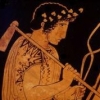

(1).thumb.gif.b5909d3df98a8ec15dc452423f219bc5.gif)
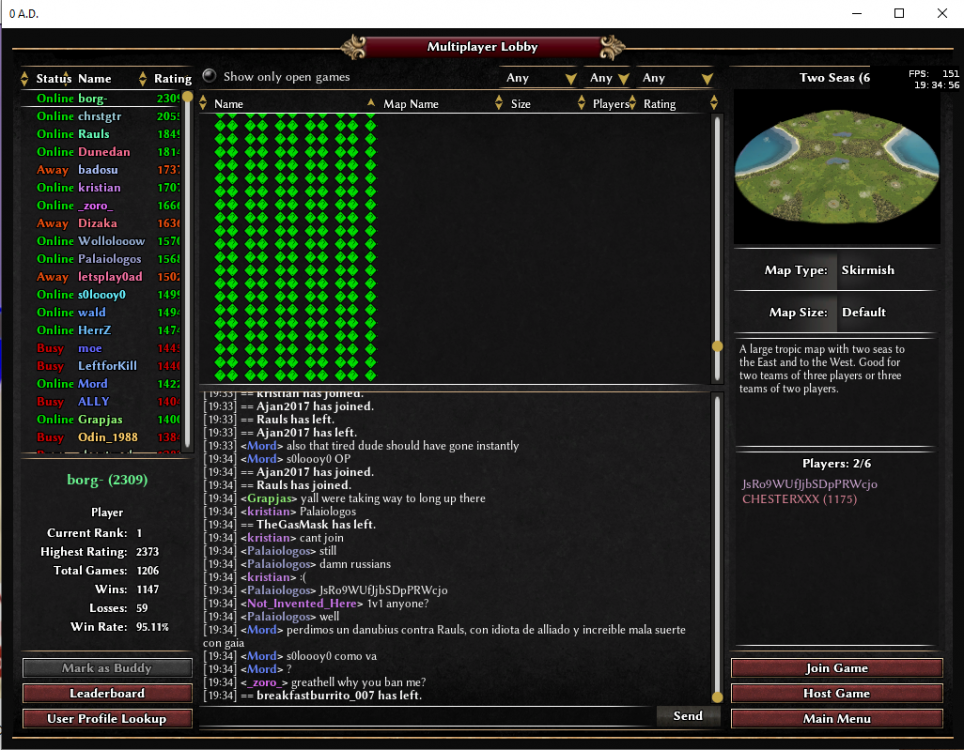
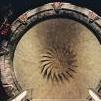

.thumb.jpg.b85f1db9873287a0d10cd2c7e88579c0.jpg)
